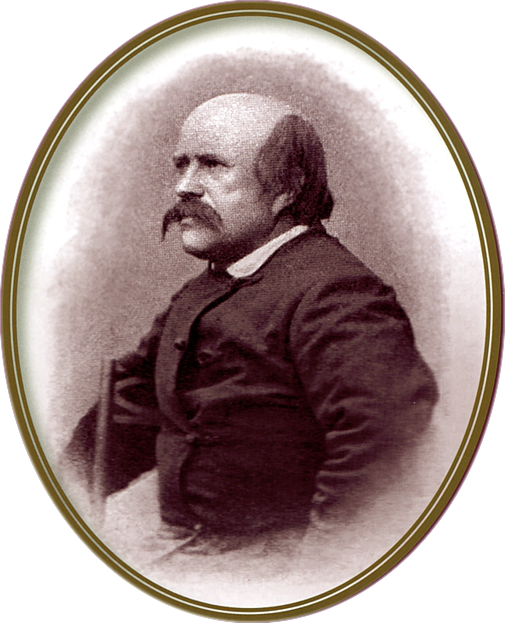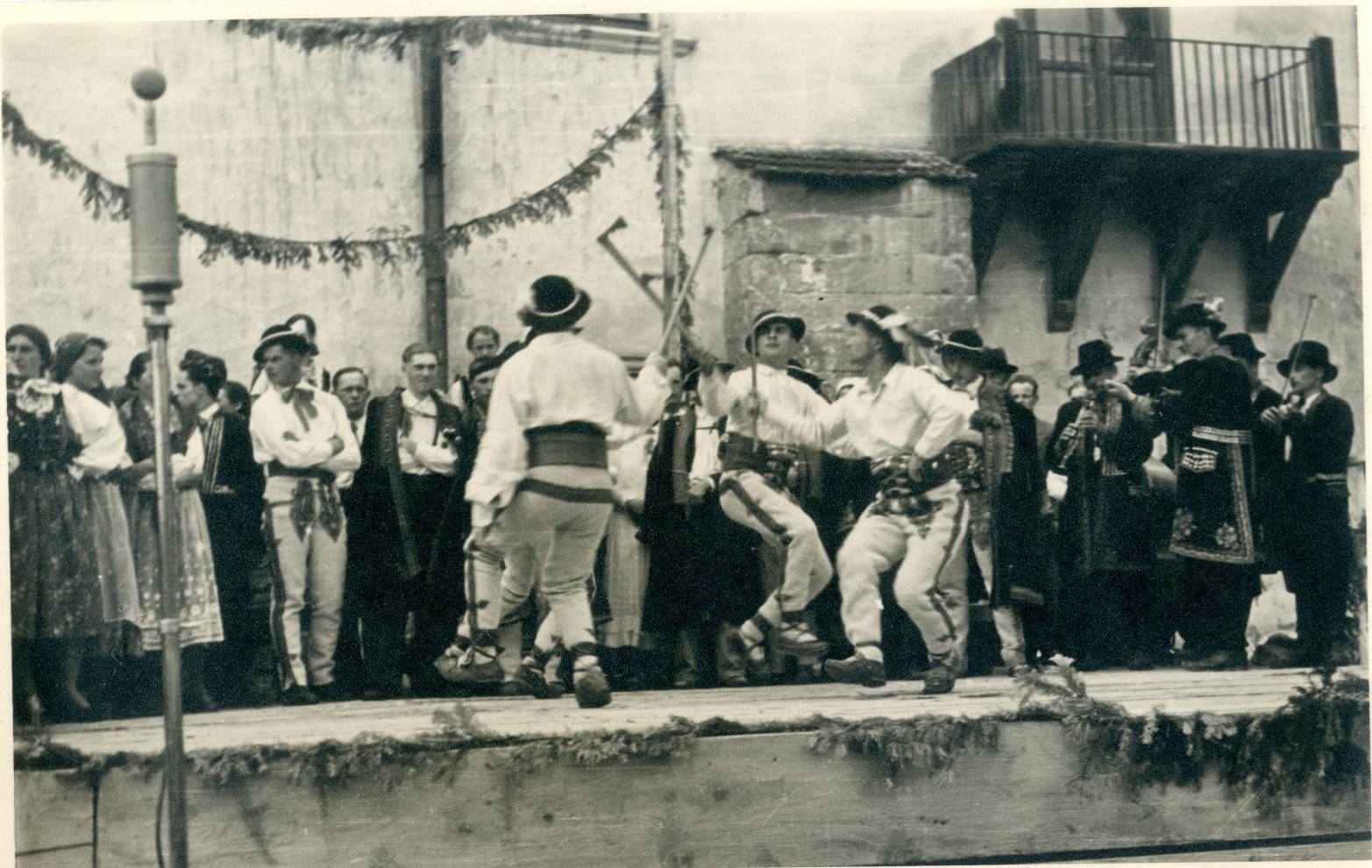The establishment and beginnings of the Museum in Nowy Sącz
The first to take up the idea of creating a regional museum was Szczęsny Morawski in 1866, finding support from well-known Sącz residents – Ludwik Klemensiewicz, Father Wojciech Grzegorzek and Wawrzyniec Firganek. Historical literature is not unanimous as to the date of the establishment of the Nowy Sącz museum. Trying to indicate the beginnings of this institution, some mention the enigmatic year 1892, others 1896, drawing attention to the foundation of Józef Wieniawa-Zubrzycki, who at that time donated the manor house on Jagiellońska Street to Nowy Sącz with the intention of setting up a library and an “initial general museum for the city”. Was the museum in Nowy Sącz actually established at that time? Could it have been established at all? – The matter is doubtful. Skepticism in this matter is deepened by the lack of any traces of the functioning of this type of institution at the turn of the 19th and 20th centuries, leading to the conclusion that initially it was more of a declaration of the needs and desires of the Nowy Sącz intelligentsia than a reality confirmed by programmatic organizational activity.
The Museum was established, as evidenced by the sources, only by the resolution of the Nowy Sącz Circle of the Society of the People's School of 17 May 1909. At that time, it was already called the "Museum of the Sądecka Region", operating at the Józef Szujski Library, where "fragments of the past" were collected, mainly archival materials. It was therefore an affiliation with a larger institution, but still poorly equipped and constantly wandering, initially located in the rooms of the town hall, then in the tenement house at 15 Pijarska Street. After the outbreak of World War I, the museum collections were dispersed, but the collection of mementos of the past was not abandoned. In the 1920s, the action of creating the museum resources was resumed. Even then, these activities were accompanied by the conviction that the only appropriate place where the acquired objects of significant artistic and historical significance should be located was the starosty castle, thoroughly renovated in the 1930s. The hopes connected with this were fully realised on 12 August 1938, when the Sądecka Land Museum was ceremonially opened in the restored building, with at that time around 4 thousand exhibits in several departments: church art, ethnography, contemporary visual art and local studies (first curators: Romuald Reguła, Roman Szkaradek).
During World War II, some of the exhibits were destroyed by the Germans (only two works were to be taken away), and the archival materials that were more important from the occupier's point of view were transported to the territory of the Reich. Further losses in the museum collection resulted from the blowing up of the castle on 18 January 1945, which was the result of cooperation between Soviet partisans and the Polish underground associated with the peasant movement. Post-war searches, exclusively in relation to the archival materials taken by the occupier to Lower Silesia, did not bring a positive result. In this situation, the beginning of the Museum of the Sądecka Region, reactivated on 10 September 1946, was a modest collection of exhibits, preserved during the occupation, donated to the reviving museum institution by Roman Szkaradek. Initially, the museum objects were stored mainly in the tenement house at ul. Pijarska 21, periodically at ul. Jagiellońska 14. Later, in the Gothic House, where regular exhibition activities were resumed after the renovation of the building in 1965, the exhibition "Polish Militaria from the years 1788–1831" was prepared for the opening of the restored building.


